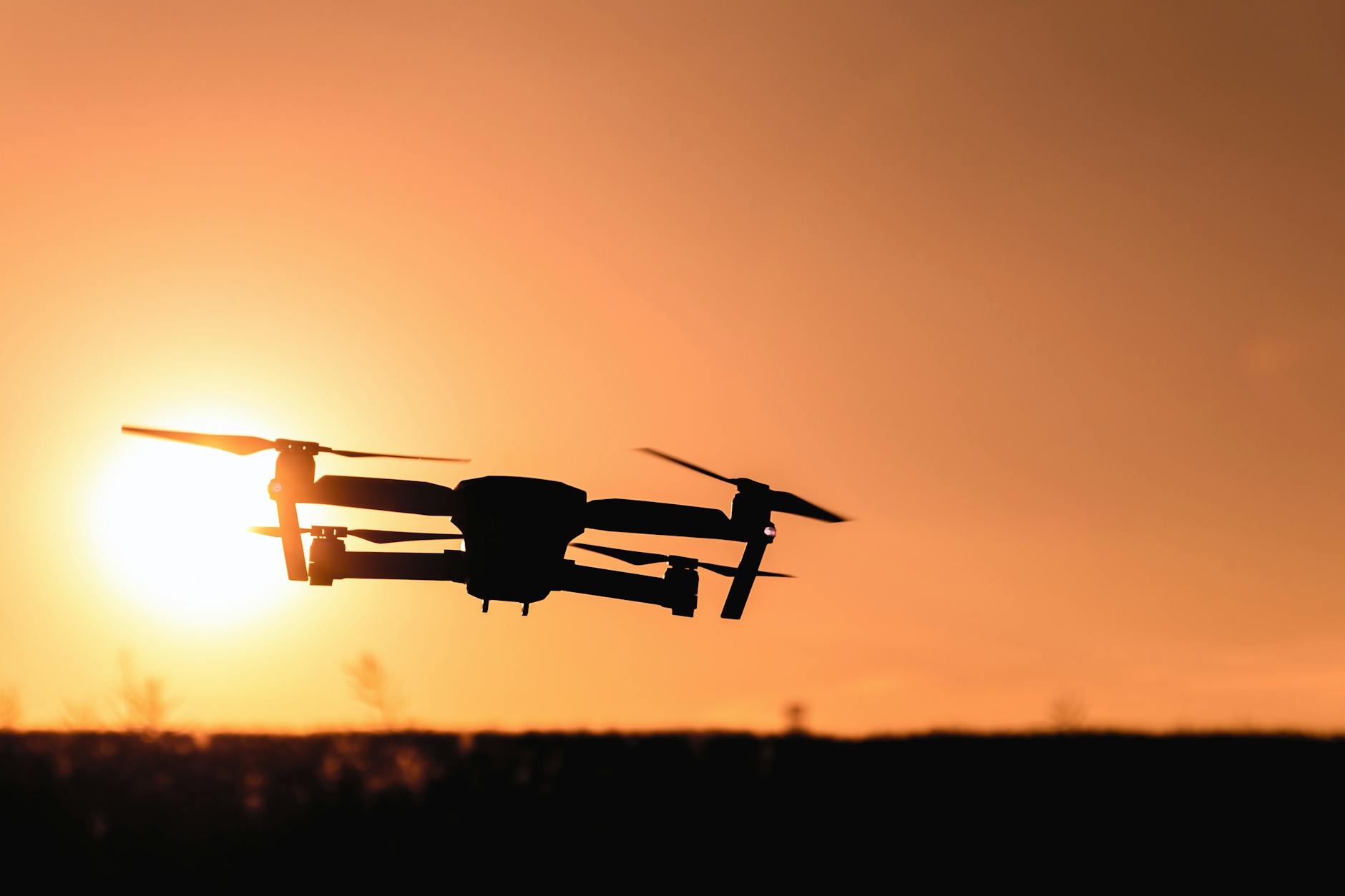The last decade has seen unmanned aerial vehicles (UAVs), or drones, become ubiquitous on the modern battlefield. As advanced militaries integrate drones into their operations, a convergence with artificial intelligence promises to revolutionise warfare further. Consumer drones, previously seen as toys, have also proven deadly in conflicts such as Ukraine.
Military drones like the US’s Predator offered early glimpses into the asymmetric advantages of uncrewed flight. Loitering silently high above while transmitting live video, these UAVs provide constant aerial surveillance and targeting data to forces on the ground. The lack of a human pilot allows drones to stay airborne far longer than any traditional aircraft. Persevering through missions that would exhaust even the hardiest pilot. But merely relaying video back to human operators poses challenges. As drone use proliferates, the amount of incoming data overwhelms analysts. Humans also struggle to derive actionable insights from massive, continuous video streams consistently. Military applications require automated target identification and analysis to leverage drones’ potential.
Enter artificial intelligence. AI systems can monitor live drone feeds, filing away details for later analysis while alerting human supervisors of high-priority events in real-time. For example, an AI’ tagger’ can track individuals across an area of interest, plotting their movements to identify suspicious behaviour patterns. The addition of computer vision and deep learning algorithms allows drones to autonomously identify and classify various vehicle types, weapons systems, and defensive positions. As AI matures, drones grow ever more autonomous. Teams of UAVs will coordinate amongst themselves to map terrain, adapt to emerging threats, and strike opportune targets without human input. Drone swarm technology under development could see inexpensive unmanned aircraft overwhelm enemy defences through sheer numbers. AI makes this coordinated autonomy possible by optimally allocating tasks and resources between swarm members.
The combination of drones and AI promises near-perfect aerial intelligence and lethal precision. But it also raises concerns – optimised to kill, autonomous systems may strike targets with increasing discrimination. And highly coordinated drone swarms controlled by a single AI constitute a single point of failure – one hack away from turning a force’s own weapons against it.
While militaries pioneered drones, consumer UAVs are also making an impact. In Ukraine, hobbyist drones have proven surprisingly helpful for reconnaissance. Their small size and low noise allow them to evade detection. Cheap off-the-shelf models are expendable assets sent on high-risk missions circuiting enemy positions. Even basic drones carry HD cameras capable of bringing back valuable intelligence. They have proven very effective against the Russian invading forces from a tactical and a propaganda advantage, with footage regularly posted on social media channels.
It’s not only forces such as the Ukrainians who have also weaponised consumer drones for attack purposes. Insurgent groups have created crude bombers carrying grenades or IEDs, presenting challenging targets for traditional air defence systems designed to counter more significant threats. Loitering munitions like the Switchblade, explicitly modelled after hobbyist UAVs, point to a cheap but effective form of precision-guided weapon.
The campaign in Ukraine shows that small drones, either purpose-built or off-the-shelf, are now indispensable battlefield assets. Launched by infantry in the field, micro-UAVs fill tactical intelligence gaps in real-time. They also enable a new precision strike capacity while avoiding the risks and costs of human-crewed aircraft.
In the near future, the gulf between military and consumer drones will vanish. Advanced militaries are already implementing the autonomy, coordination, and networking that define next-generation unmanned systems. But as artificial intelligence progresses, these capabilities will rapidly migrate down to cheap commercial drones. Soon, every infantry squad may field intelligent drone swarms, augmenting their senses and firepower. The age of ubiquitous smart drones is just over the horizon.
